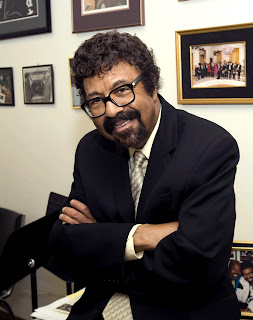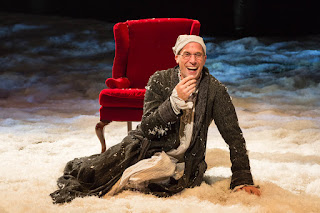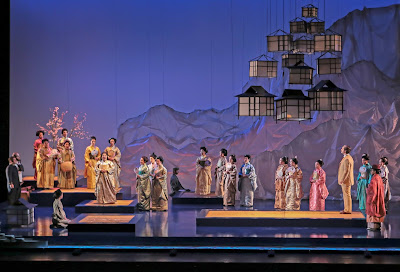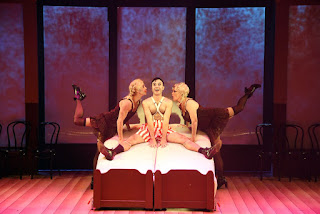Buselli-Wallarab Jazz Orchestra's "Basically Baker Vol. 2" memorializes seminal jazz educator David Baker

Almost 12 years ago, with the honoree still very much alive and active heading jazz studies at Indiana University's Jacobs School of Music, the Buselli-Wallarab Jazz Orchestra recorded "Basically Baker" for Gunther Schuller's GM label . The soul of Indiana jazz education: David Baker (1931-2016) In June, at a studio in Bloomington, a BWJO with significant changes of personnel expanded on that project with a two-disc set of David Baker compositions and arrangements. "Basically Baker Vol. 2" (Patois Records) is a culminating tribute by Brent Wallarab, Mark Buselli and their colleagues to the Indianapolis native, who died last March . Adventurous in his jazz visions as a performer as well as a composer, Baker in these big-band charts challenges performers with countermelodies, key changes, washes of acoustic sound, rhythms that rub up against each other, and the spice of dissonance. When we hear the skittering of saxophones complicating the introduct












